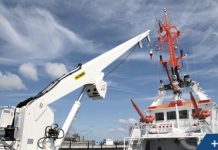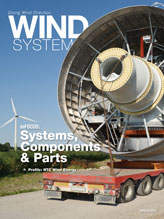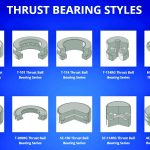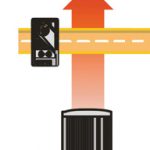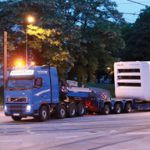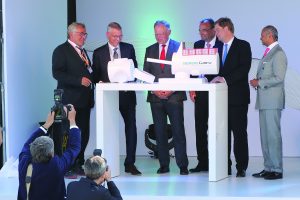Testing is crucial to innovation. While many new ideas are born every single day, not all can successfully make their way into the field. Key to understanding which ideas are economically viable is R&D test systems, and never has this been more crucial than in the manufacturing industry. Through using the test system, manufacturers can tailor products to specific performance requirements before installation and commissioning, helping to enhance performance in the field. They can also help to prove R&D and deliver lifecycle results, which are invaluable for developing new innovations.
Without test systems, manufacturers cannot ensure the quality and lifespan of products, nor can they understand the limitations of the components. When you consider, on average, that a wind turbine can cost more than 5 percent of the initial investment (excluding the cost caused by loss of production) or that a single equipment failure may shut down an entire power plant and cause a city-wide black out, safeguarding such investments is crucial.
By testing products at the research and development phase, as well as re-testing before product delivery — so called end-of-line testing — operators can significantly reduce the probability of running into problems out in the field. This practice helps accelerate the development cycle, improve productivity and cost efficiencies and plays a crucial role in bringing the next generation of technology to life.
Much like the power-generation industry, test requirements are changing as technology evolves. In the past, test systems were mechanical, but today, an electrical approach is favored within the industry because it results in higher performance and quality of testing due to the wider scope of testing scenarios it allows. With this in mind, manufacturers should seek out the companies with vast electrical and mechanical expertise that can act as trusted partners in testing products and innovations.
Long-Term Success
It does take time to accumulate knowledge, experience, and insight into how to set up the most efficient and lasting test systems.
Having been in the test industry for more than 30 years, GE provides turnkey projects and takes care of the full lifecycle of the benches. Today it has more than 2,500 test benches installed globally across various industries such as marine, renewables, automotive, power generation, and oil and gas.
At the heart of its practice is leveraging GE’s Power Conversion’s extensive electric engineering experience to provide a qualified test system with an optimized variable and flexible turnkey approach. Considering the ever-changing demand on electrical drive systems within test systems, GE’s Power Conversion is using its expertise to the most customized and flexible test system solutions.
GE also closely collaborates with customers throughout the lifecycle of a test system and avoids a “one-size-fits-all” approach: Each test system is designed to be bespoke and is best suited to test the specific product. This is key, since a test system must be reassembled on demand to adapt to the requirements and environments for testing new equipment.
As such, a good test system must be broad in scope, flexible, and variable while allowing the customer to tailor performance of product, providing space to imagine and create the next generation of innovation.
GE’s test systems solutions are also highly robust, capable of sustaining thousands of hours of mechanical and electrical stress. By simulating the extreme environment conditions or worse-case scenario, it will push the boundaries of the new equipment to the highest standard of reliability. GE has world-record test system solutions in the renewables industry. GE partnered with the Lindoe Offshore Renewables Center on one of the world’s most advanced facilities to test wind-turbine nacelles with an output power of up to 10 MW.
In doing so, it aims to build a test system that will support the wind industry as a significantly safer and reliable supplier of renewable energy. By thoroughly testing all components and products in the development cycle, operators can create robust structures that support power generation globally.
Source: GE
For more information, go to www.gepowerconversion.com/industries/testing-solutions-services

















